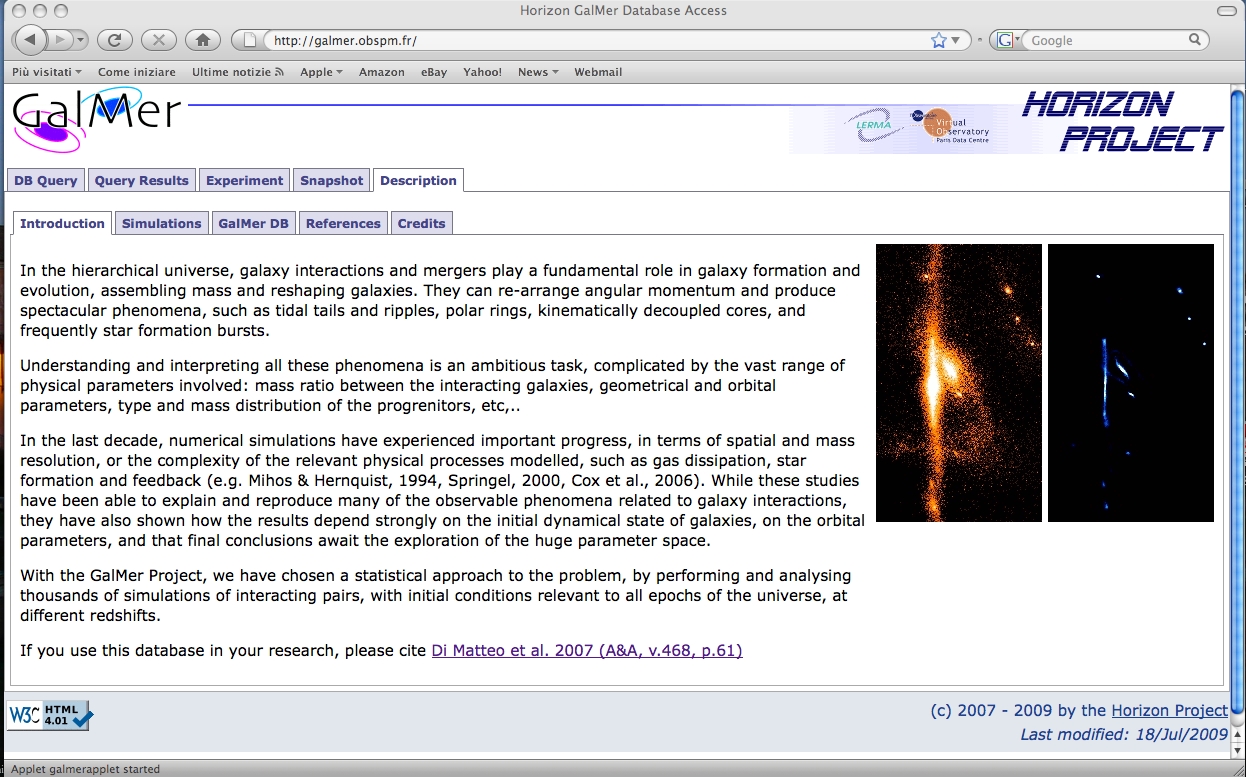| Description: | Galaxy interactions and mergers represent one of the fundamental processes determining galaxy growth and evolution. They affect all the observed properties of galaxies: morphology, kinematics, star formation histories, metallicity, etc... However, the final product of a merger event depends on a number of parameters (morphology of the interacting galaxies, mass ratio, gas content, orbit). In the recent years, we have undertaken an intense computational effort to build a large library of simulations of galaxy encounters (see http://galmer.obspm.fr). The aim of this project is to study statistically the impact that interactions and mergers have on the chemodynamical evolution of galaxies. I will present some recent results of this study, discussing, in particular, the redistribution of angular momentum during dry mergers and its consequences on the kinematics of stellar halos of elliptical galaxies; the evolution of metallicity gradients in dissipationless mergers; the impact of interactions on the star formation histories of galaxy pairs.
Image above: The GalMer database http://galmer.obspm.fr) is a library of galaxy merger simulations, made available to users through tools compatible with the Virtual Observatory (VO) standards. To investigate the physics of galaxy formation through hierarchical merging, it is necessary to simulate galaxy interactions varying a large number of parameters: morphological types, mass ratios, orbital configurations, etc. On one side, these simulations have to be run in a cosmological context, able to provide a large number of galaxy pairs, with boundary conditions given by the large-scale simulations, on the other side the resolution has to be high enough at galaxy scales, to provide realistic physics. The GalMer library is a compromise between a large statistical number of mergers, and the high resolution at galaxy scale to trace the physics in detail. The main advantages of the database are Virtual VO access interfaces and value-added tools which allow users to compare the results of the simulations directly to observations: stellar population modelling, dust extinction, spectra, images, visualisation using dedicated VO tools, in addition to providing in FITS files all coordinates and data of simulated particles. The database is thus oriented towards the usage by observers. |

